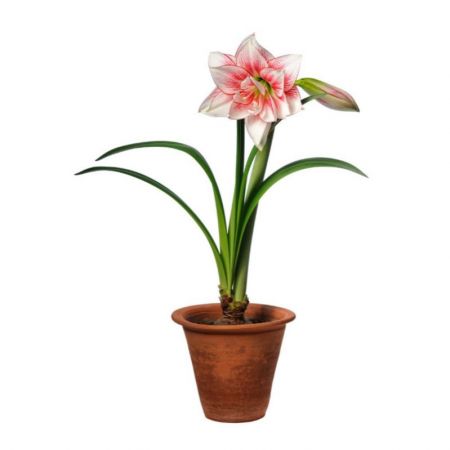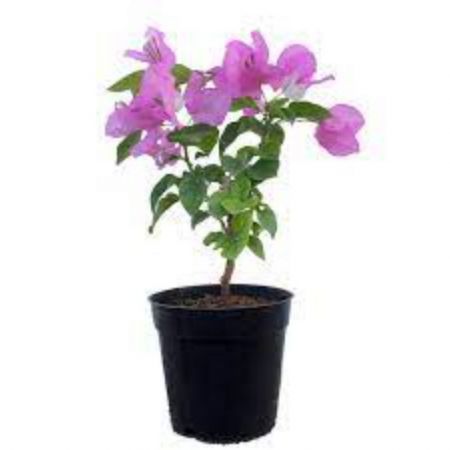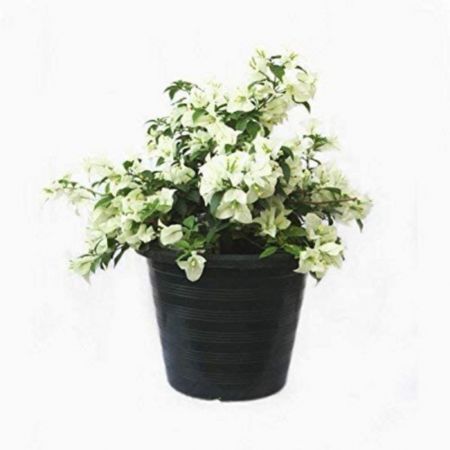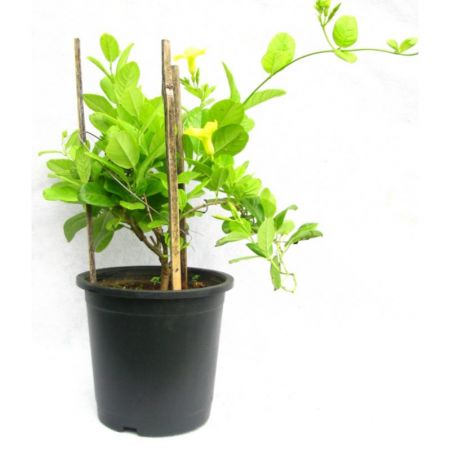Star Jasmine - Plant (Iruvatchi Malli)
The?jasmine plant?is a source of exotic fragrance in warmer climates. It is an important scent noted in perfumes, and also has herbal properties.Most true jasmines have climbing branches without?tendrils. The white, yellow, or rarely?pink?flowers?are tubular with a flaring, lobed, pinwheel-like form; some double-flowered varieties have been developed. The?leaves?can be?evergreen?or deciduous and usually are composed of two or more leaflets, although some species have simple leaves. The?fruit?in most species is a two-lobed black?berry
₹ 60.00
₹99
(Inclusive of all taxes)
-

No Warranty
-

COD Avilable
-

Non Returnable
-

cancelable
About this item
Description of Star Jasmine (Trachelospermum jasminoides)
Botanical Name: Trachelospermum jasminoides
Common Names: Star Jasmine, Confederate Jasmine, Chinese Jasmine, Evergreen Jasmine
Family: Apocynaceae
Physical Appearance:
Vine Growth: Star Jasmine is a climbing vine or ground cover that can reach up to 10-15 feet (3-4.5 meters) in length, though it is typically pruned to maintain a more compact form. The plant is known for its ability to climb trellises, fences, or walls, and it can also sprawl as a dense ground cover.
Leaves: The leaves of the Star Jasmine are dark green, shiny, and leathery. They are typically oval-shaped with a smooth edge, and the foliage is dense and attractive year-round, providing good coverage and a lush appearance.
Flowers: The plant produces star-shaped white flowers, which are the source of its name. The flowers bloom in clusters and have a distinct, sweet fragrance that is particularly strong in the evening. The flowers have 5 petals, and their white color can sometimes have a slight cream or yellowish hue. In some cultivars, the flowers may have a light pinkish tinge.
Flowering Season: Star Jasmine generally flowers in spring and early summer, with the peak bloom occurring during the warmer months. Some varieties may also produce occasional blooms in the fall.
Fruit: The flowers give way to small, dark berries after pollination, but the plant is mainly grown for its attractive flowers and fragrant blossoms rather than its fruit.
Size and Growth:
- Height/Spread: Star Jasmine can grow as a vine that reaches about 10-15 feet in length, though it can spread even further if left unchecked. When grown as a ground cover, it forms a dense mat, covering a wide area with 2-3 feet of spread.
- Growth Habit: It is a vigorous grower that requires support if grown as a climber. It may need to be trained or pruned regularly to keep it in check, especially if it is used to cover walls, trellises, or fences.
Cultivation Requirements:
Climate: Star Jasmine thrives in temperate to subtropical climates. It is relatively hardy and can tolerate a range of temperatures but is best suited to areas where the temperature does not dip below freezing.
Light: Star Jasmine prefers full sun to partial shade. It blooms best in bright, indirect light or full sun but can tolerate some shade, though flowering may be less abundant.
Soil: It prefers well-draining soil that is slightly acidic to neutral (pH 6.0-7.5). While it can grow in a variety of soil types, it thrives best in rich, loamy soil.
Watering: This plant enjoys regular watering, but it does not like to sit in waterlogged soil. Ensure that the soil drains well, and avoid overwatering, as this can lead to root rot.
Fertilizing: Star Jasmine benefits from regular fertilizing during the growing season (spring and summer), using a balanced, slow-release fertilizer. It doesn’t require heavy feeding, so a light application every month or two is usually sufficient.
Uses:
Ornamental Plant: Due to its fragrant flowers and evergreen foliage, Star Jasmine is widely used as an ornamental vine in gardens, patios, and landscapes. It is ideal for trellises, fences, arbors, and even as a ground cover for creating lush green spaces.
Ground Cover: When grown as a low-spreading ground cover, it forms a dense carpet of greenery and can effectively suppress weeds.
Aesthetic Appeal: Star Jasmine is often chosen for its aesthetic value in gardens and outdoor spaces. It’s commonly grown near walkways or patios to enjoy the fragrance of the blooms, especially in the evening.
Scented Landscaping: It’s an excellent plant for creating scented gardens, as its flowers release a strong, pleasant fragrance that enhances the sensory experience of the space.
Pests and Diseases:
Pests: Star Jasmine is generally resistant to many common pests, but it may occasionally attract aphids or spider mites. These can usually be managed with insecticidal soap or a gentle water spray.
Diseases: This plant is also susceptible to certain fungal diseases, such as powdery mildew or root rot if the soil is poorly drained. Proper watering practices and ensuring good air circulation can help prevent these issues.
Varieties:
There are several varieties of Star Jasmine, with slight differences in leaf shape, growth habit, and flower color:
- Trachelospermum jasminoides 'Variegatum': A variegated form with green and creamy white leaves.
- Trachelospermum jasminoides 'Madison': Known for its more compact growth and fragrant blooms.
0 Review Of Product Star Jasmine - Plant (Iruvatchi Malli)



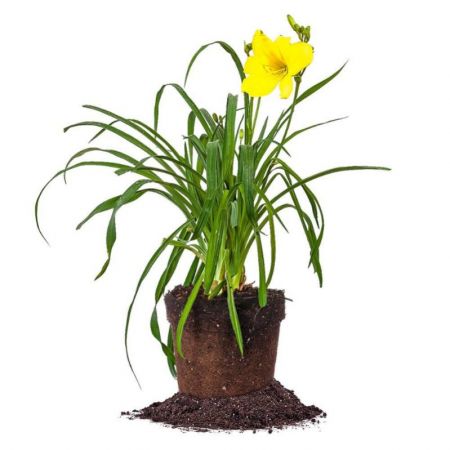
.jpg)
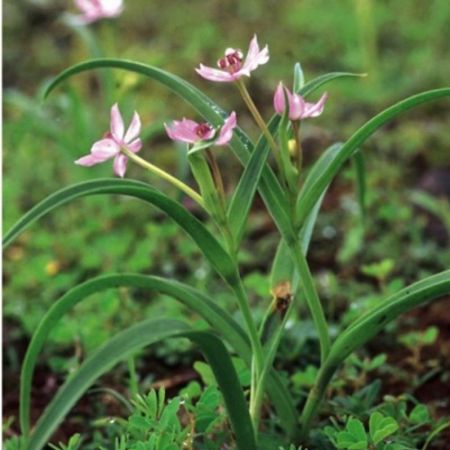
.jpg)
.jpg)
.jpg)

